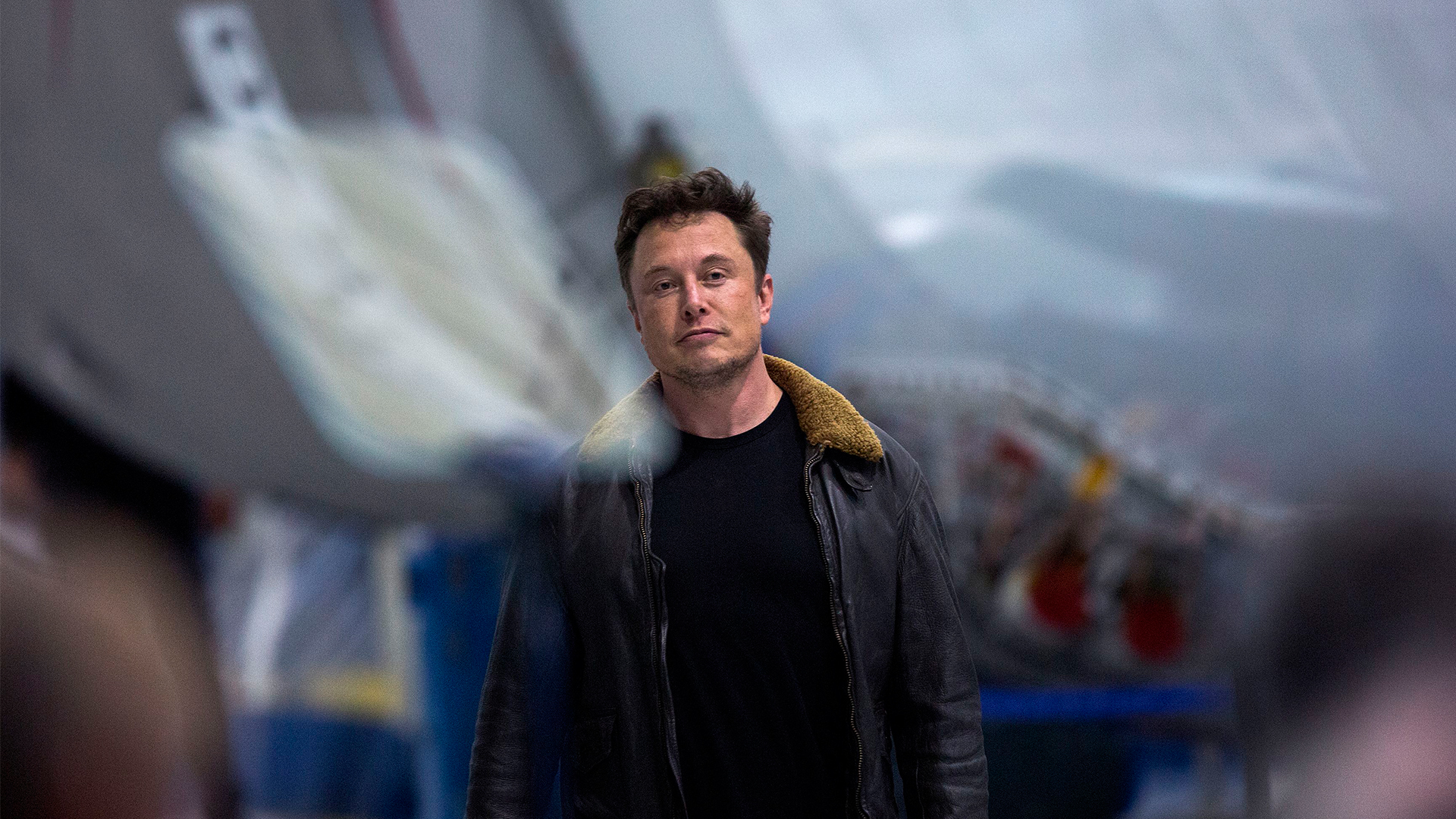

On Wednesday, Tesla will post its final quarterly earnings report for 2018, marking its second chance in a row to post profitability. The majority of bulls on Wall Street, however, are reportedly betting against the electric automaker for 2019, ahead of 2018’s final earnings statement. Market analysts state that a leaked memo from CEO Elon Musk regarding Tesla’s recent layoffs have lowered expectations for anything more than a second consecutive profitable quarter.
Musk confirmed on Jan. 18 that Tesla would be laying off around 7 percent of its workforce (3,150 employees), issuing a company-wide memo to justify the restructuring. In said memo, he notes that “preliminary, unaudited results” show that Tesla may post a GAAP profit (meaning that its fiscal numbers were adjusted to meet Generally Accepted Accounting Principles) smaller than it did in Q3, which was only 4 percent.
While this indicates the potential for a Q4 2018 profit, certain wording in the memo, combined with recent events, have investors expecting Tesla to forecast a loss in its first quarter for 2019. In fact, data from Reuter’s Refinitiv previously indicated the potential for a $62.8 million profit has since turned-cheek and now forecasts an expected loss of $2.5 million. This is contrary to a statement by Musk during Tesla’s second quarterly earnings call of 2018, where he felt comfortable saying Tesla should be cash flow positive in all quarters going forward (as well as profitable), with the condition that no economic downturns stymie growth.
It appears that Saudi Arabia’s Public Investment Fund feel similar to Wall Street. News broke yesterday that the PIF has hedged its 4.9 percent stake in the automaker to minimize any losses of its $2.9 billion bet just before the memo was released and stock prices plummeted.
Musk’s memo focuses on the need to cut jobs in order for Tesla to remain sustainably profitable and deliver the mid-range variant of the Model 3 to worldwide markets. The mid-range model, which is priced at $44,000, is the stop-gap between the current Long Range battery and the long-promised $35,000 variant which has yet to make it to any market due to cost overhead. An important note is that Musk appears to be unsure of Tesla’s ability to deliver the lower-priced car by mid-2019, as he words Tesla’s current production goal as making progress towards delivering the cheaper version of the electric car.
“I want to make sure that you know all the facts and figures and understand that the road ahead is very difficult,” read Musk’s statement to employees. “This is not new for us – we have always faced significant challenges – but it is the reality we face.”
Tesla’s fiscal troubles become a reality after noticing all of its recent cuts to spending and income. The automaker now takes a significant hit on the bottom-line of each vehicle it sells, stretching its margin even thinner after announcing a fleet-wide discount of $2,000 to combat the slashing of the federal tax incentive. Furthermore, the company has gone into cost-conservation mode and announced that it would be ending its referral program in February after more than 80 people qualified to receive a free next generation Tesla Roadster (which retails for $200,000). The automaker also walked-back its cost increase for the Supercharging network after consumer backlash.
January’s layoffs mark the company’s second restructuring in seven months. In June 2018, Tesla laid off approximately 9 percent of its workforce, bringing the total workforce eliminated from Tesla somewhere in the neighborhood of 6,450 individuals since mid-2018.